The topic of “safety glass” seems relevant: Many glass manufacturers are strengthening their laminated safety glass production, developing thinner laminates to save raw materials, energy and weight in façades or advancing to the highest safety classes. Bulletproof, explosion protection, etc. appear to be attracting more interest in unpredictable, volatile times, especially for system-relevant infrastructure. On behalf of glasstec, the author asked Steffen Schäfer, Technical Director at the German Flat Glass Association (BF, Bundesverband Flachglas) and Dr Miriam Schuster, Head of the Glass and Polymers Research Group at the Institute of Structural Analysis and Design at the Technical University of Darmstadt, whether the “feeling” of increased activity in the field of safety glass is appropriate and what research is being conducted in the field of safety glass.
B+L Marktdaten GmbH has been regularly analysing the markets for windows and façades in all global markets relevant to German companies on behalf of the Bundesverband Flachglas e.V. (BF) for 20 years. This includes monitoring production volumes and sales of the different “types” of float glass, coated glass, toughened safety glass, laminated safety glass and insulating glass. Unsurprisingly, the persistently low level of construction activity is also having a negative impact on sales in the glass industry. The weakening construction sector does not appear to be a singular problem, but rather the result of an economic, political and social crisis: interest rate increases and higher borrowing costs, high construction costs due to rising energy prices, building materials, transport and tradesmen’s services – first due to supply bottlenecks caused by the COVID-19 pandemic, then due to inflation. At the same time, there is a shortage of skilled labour, meaning that construction times are being extended, costs are rising and planning reliability is suffering. Increased uncertainty is also included in this due to political and geopolitical developments that are difficult to predict, insufficient state subsidies and the much-described basic problem of strict German building regulations and correspondingly long approval processes. Finally, there is the demographic and social change with declining construction activity in shrinking regions and increasing requirements in growing urban centres.
The German Flat Glass Association provides an insight into the new B+L figures on the market data for windows and façades: “While all types of glass have been affected by declining sales since 2022, laminated safety glass has stagnated at a relatively high level, and sales are even forecast to increase slightly year-on-year in 2025. This is partly due to a growing interest in safety glass applications and the very active work on DIN 18008 in recent years. Fortunately, laminated safety glass products are being favoured on the market, especially in comparison to basic glass”, explains Schäfer. One of the major challenges facing the flat glass industry – but also one of its opportunities – is the increasing demand for greater cost-effectiveness and sustainability in safety glass: “The glass industry is already making a lot of progress here – manufacturers are increasingly using renewable energy, saving resources, developing products with a lower carbon footprint and effective ways to close their cycles. They know that if they invest here, they will create a good competitive position for themselves in global competition in the future.”
In progress: recycling laminated safety glass
Sustainability is now also a competitive advantage in economic terms – but laminated safety glass has been in a difficult position up to now, as it is difficult to recycle due to the film bond. Dr Miriam Schuster, head of the Glass and Polymers research group at the Institute of Structural Analysis and Design at the Technical University of Darmstadt, reports: “We are researching new ways to separate and recycle laminated safety glass by type, as it is now an integral part of modern architecture, both in the interior and the façade. While the glass is theoretically fully recyclable and PVB as a thermoplastic material can also be recycled in principle, the reality is sobering: The majority of old laminated safety glass elements are shredded and the glass fragments are transferred to other industries, for example for the production of glass wool or hollow glass. The majority of PVB residues are landfilled or incinerated. The separation of glass and interlayer has so far been the biggest obstacle to a genuine recycling or reuse cycle.”
A team of researchers led by Dr Miriam Schuster and Prof Dr Johannes Kuntsche from the Department of Structural Engineering at Darmstadt University of Applied Sciences (h_da) has taken up this challenge. At the “CircuClarity One” conference, which took place at glasstec 2024, they presented preliminary investigations into an innovative process that allows laminated safety glass to be separated by type without glass breakage and without PVB contamination. The aim is to enable the reuse or closed-loop recycling of the glass sheets as well as the recycling of the PVB film.
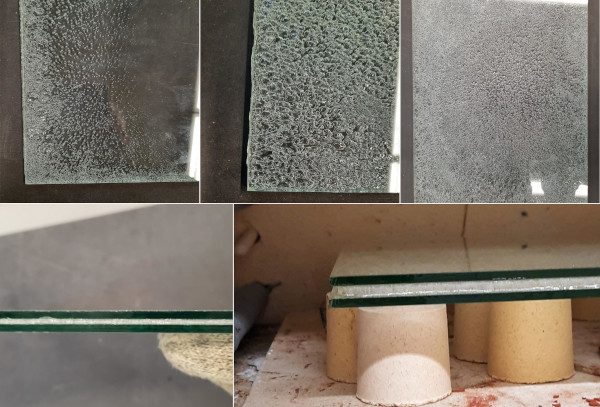
Figures: Maximilian Düwel, master’s thesis
Their separation method is based on a four-stage process:
- Heating: The glass samples are heated to approx. 170-220°C until the so-called “daisy effect” (formation of bubbles in the film) has fully formed.
- Mechanical separation: The laminates are sheared and pulled apart in a manually guided device. Crucial: The interlayer is separated cohesively without damaging the glass.
- Water treatment: Heat treatment in water leads to improved separation.
- Peeling: Finally, the remaining intermediate layer is removed mechanically.
Freshly produced samples of different types of structure, different PVB adhesion levels (high, medium), different interlayer moisture contents (0.32-0.66%), different lamination processes – and, of course, aged samples – were analysed. In addition, different temperatures were analysed for step 1. The result: The lower the temperature is, the longer it takes for the daisy effect to fully develop. The adhesion of the PVB significantly influences the separation process during peeling in step four, but not significantly during mechanical separation in the second step.
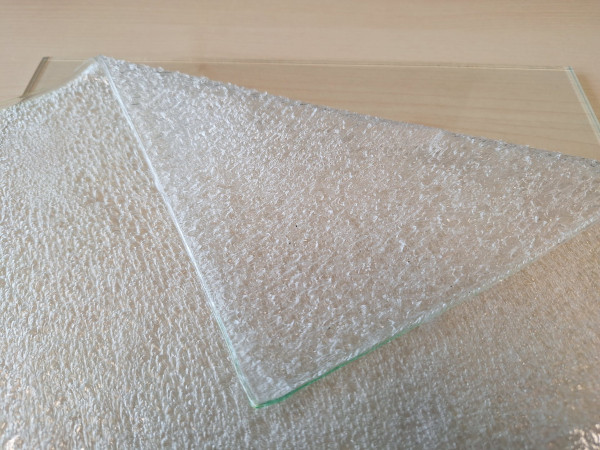
Photo: Dr Miriam Schuster, TU Darmstadt
The successful separation of LSG enables closed-loop recycling as cullet in float glass plants and even reuse, e.g. glass sheets in secondary applications. However, Schuster believes that further steps are required for successful, practical and industrial implementation, such as an in-depth analysis of the daisy effect during the heating of LSG, the industrial scaling of the heating process or automated peeling, the optimisation of the process parameters and an evaluation of the material quality after separation. A corresponding research proposal for further development has already been submitted.
On 20-23 October 2026 in Düsseldorf, glasstec 2026 will once again be the central and impulse-giving leading trade fair for the exchange of ideas on future topics in the glass industry. With the special show “glass technology live” and the associated “glasstec conference”, the trade fair will bring together research, manufacturers and users who want to help shape the future. In this context, visitors can also look forward to a follow-up event on the topic of circularity: “CircuClarity Two”.
More information at glasstec.de
 Marc Everling studied media education (Technical University Brunswick) and has been a communications and marketing specialist in the glass industry for more than 20 years. In 2021 he founded his networking agency specialising in communications consulting and press liaison for companies and associations that work and produce sustainably in the interests of the ecological transformation of the construction sector
Marc Everling studied media education (Technical University Brunswick) and has been a communications and marketing specialist in the glass industry for more than 20 years. In 2021 he founded his networking agency specialising in communications consulting and press liaison for companies and associations that work and produce sustainably in the interests of the ecological transformation of the construction sector



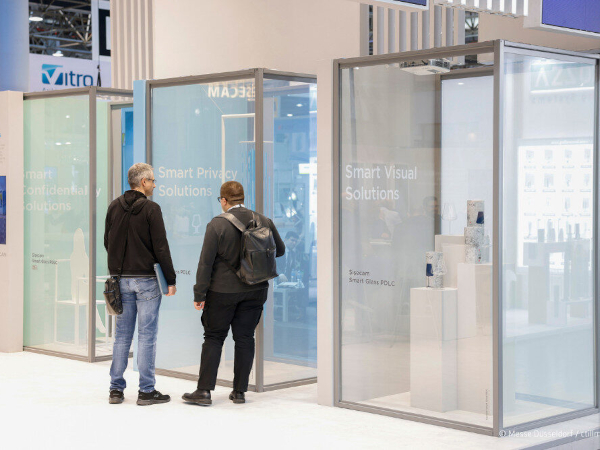

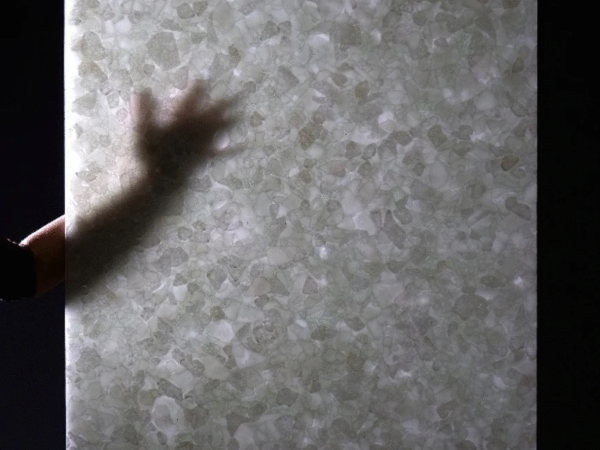

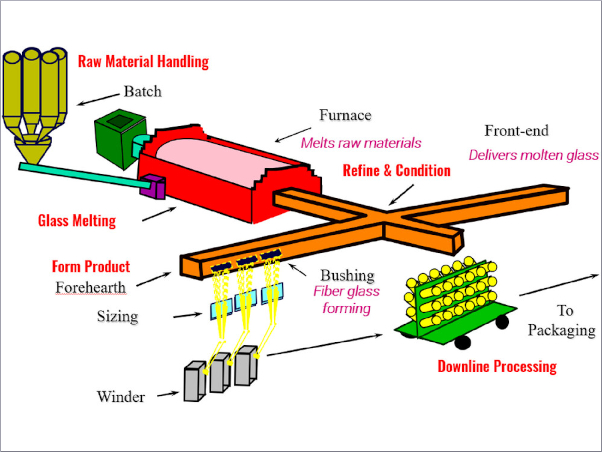
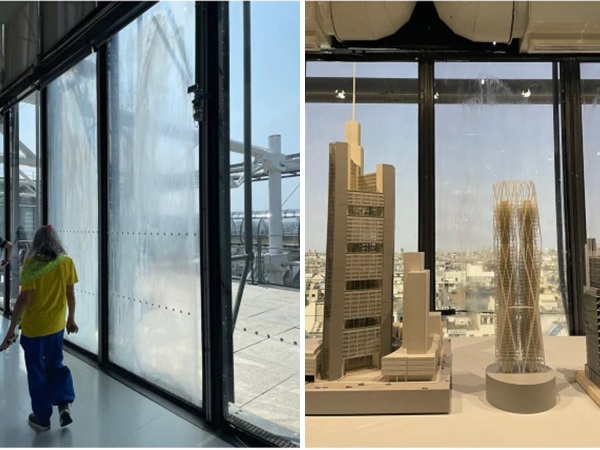
Comments
This was a fascinating read—especially the part about the “daisy effect” and how researchers are finding ways to separate laminated safety glass without contamination. It’s impressive to see sustainability becoming such a core driver in the industry. It reminds me of how other markets are evolving too, where consumers are looking for safer, more sustainable options in everything from construction to everyday products like 5mg thc drinks. Innovation really seems to be about balancing performance with responsibility, and the glass industry is clearly moving in that direction.